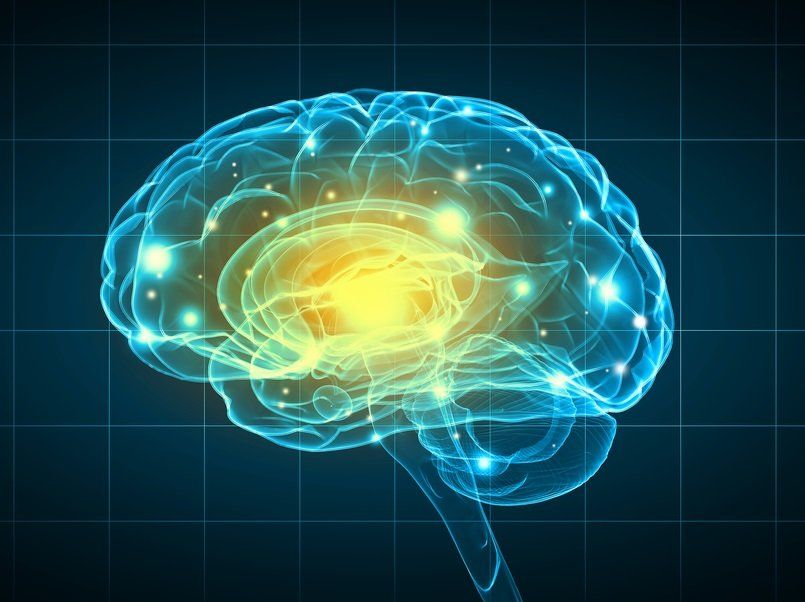3D Sound Meditation With Binaural Beats
What Are Binuaral Beats?
Ready to learn how to biohack your brain waves for more efficient thinking, better memory, and increased retention? The secret lies in binaural beats.
These simple tones can naturally shift the way your brain processes information. And they can be used for a variety of purposes, from increased productivity to better, more restful sleep.
Here’s what binaural beats are and how they work.
Binaural beats are a tone created in the brain when it’s presented with two different frequencies at the same time.
In 1837, a physicist named Heinrich Wilhelm Dove discovered that listening to certain tones of sound could actually induce certain states of mind. If you listen to a tone of 410hz in your left ear and 400hz in your right ear, your brain will make up the difference and hear an imaginary tone of 10hz. This tone is the binaural beat.
The state of your brain directly affects how well you perform activities and process information. If you want to achieve a meditative state, get a better night’s sleep, activate your body’s natural healing processes, or become more focused and productive, you simply need to change the state of your brain.
Believe it or not, it’s actually pretty easy to safely alter how your brain is functioning. Without taking any medication or drug, you can naturally shift the speed and intensity of your thoughts by listening to specified tones that induce different brainwave states.
Once you learn how the brain works and how binaural beats affect the brain, you’ll see that it’s a natural and easy process.
How Does the Brain Work?
How does the brain work?
Your brain is a powerhouse of activity. It helps to think of your brain like the internet —all across the world, people (similar to your neurons) communicate with each other at nearly instantaneous speeds.
Neurons are tiny little cells in your brain that get excited, light up, and fire off information. The neurons in your brain talk to each other over a complicated network. Unlike internet networks that can get congested when there’s too much traffic, your brain’s network is a beautiful and harmonious symphony of exchanged information.
When those neurons fire off, they release small amounts of electricity, which we can measure using an EEG. And what scientists discovered long time ago was that your brain produces frequencies that we call brainwaves .
The higher the brainwave frequency, the more alert, awake and reactive you feel. Lower brainwaves represent stages of rest and sleep.
How Do The Different Brain Waves Make You Feel?
To achieve a desired state of mind, you simply need to get your brain to imagine that it hears the frequency associated with the state you want to be in. Of course, to do this, you need to know your brain frequencies and how they make you feel:
38hz-42hz – Gamma
Spiritual awakening, universal love, harmony.
Gamma brainwaves are actually a bit of a mystery. They’re the highest frequency you can achieve, but scientists are a little dumbfounded by them.
Unlike Alpha and Beta, Gamma brainwaves don’t’ really translate to feeling active and alert. Rather, what’s been discovered is that in Gamma, neurons are firing so harmoniously that people often feel like they have a spiritual experience.
This brainwave state has been associated with expanding consciousness and understanding the value of universal love and harmony.
12hz-38hz – Beta
Reaction, engagement, sensory experiences.
These brainwaves take a lot of energy to produce, and you’ll feel really productive and focused when you’re in this state.
Your brain in Beta is actively engaged, aware, and reactive. This is a great state for short-term problem solving or being engaged in exciting activities. But it’s not a great state for long-term decision making or really thinking through your actions.
8hz-12hz – Alpha
Present, focused, aware.
If you’re operating in Alpha mode, you’ll feel very present and in the moment.
You might be somewhat reactive to the world around you, but you’ll feel like you have time to process what’s going on rather than just react on instinct. This is a wonderful state to achieve when meditating or doing something that requires coordination, focus and learning.
3hz – 8hz – Theta
Dreamy, otherworldly, surreal.
You may have experienced Theta
right before drifting off to sleep, during a lucid dream,
or during a deep meditation.
In Theta, you no longer sense the outside world, but you are aware and conscious of your internal world.
All of your subconscious fears, hopes and judgments are hidden in the Theta state. Theta is a difficult state to achieve because you often drift out of it very quickly either becoming conscious in Alpha or moving on to the deeper state of Delta.
By staying in Theta, you can learn endless information about yourself and your consciousness.
5hz – 3hz – Delta
Asleep, regenerative, healing.
You won’t recall ever being in this state, but it’s an incredibly important brainwave for your health.
In this state, you will be deeply asleep, but not actively dreaming. Your body needs this state to heal and regenerate.
On a daily basis, you’ll need to achieve this state when you sleep at night to make sure your body can heal itself. When you’re feeling really sick, or your body and mind are working hard, you’ll want to stay in this state a little longer.
Binaural beats can be a great addition to your daily activities. For example:
- Meditation
- Sleeping
- Studying
They also help:
- Reduce anxiety
- Lower stress
- Increase relaxation
- Increase focus
- Promote creativity
So, if you want to try binaural beats and promote any of the above states, we encourage you to give them a try!
To learn more and enroll in The Way of Meditation's Binuaral Beats Meditation program CLICK HERE
Get A FREE
Guided Meditation Series
with Chad Foreman













